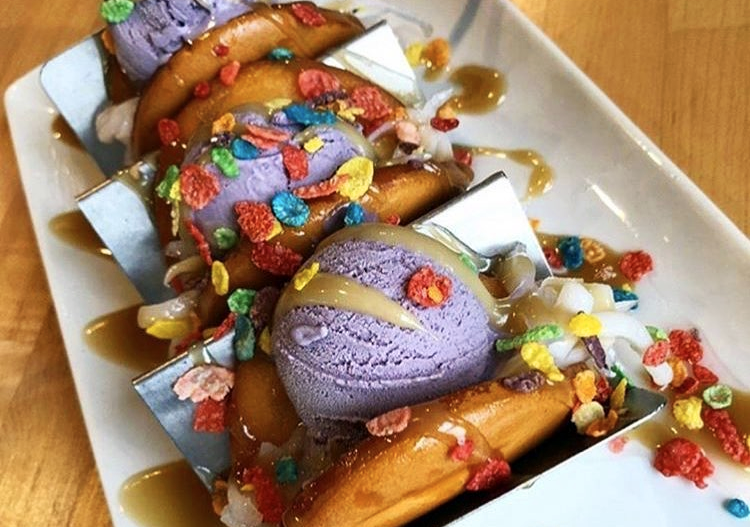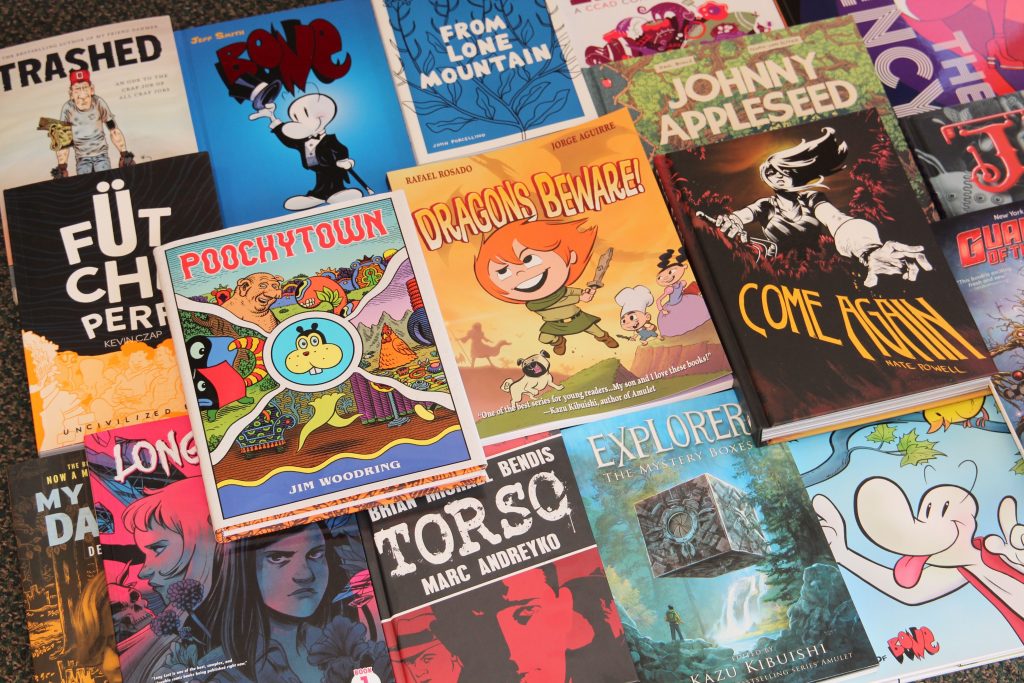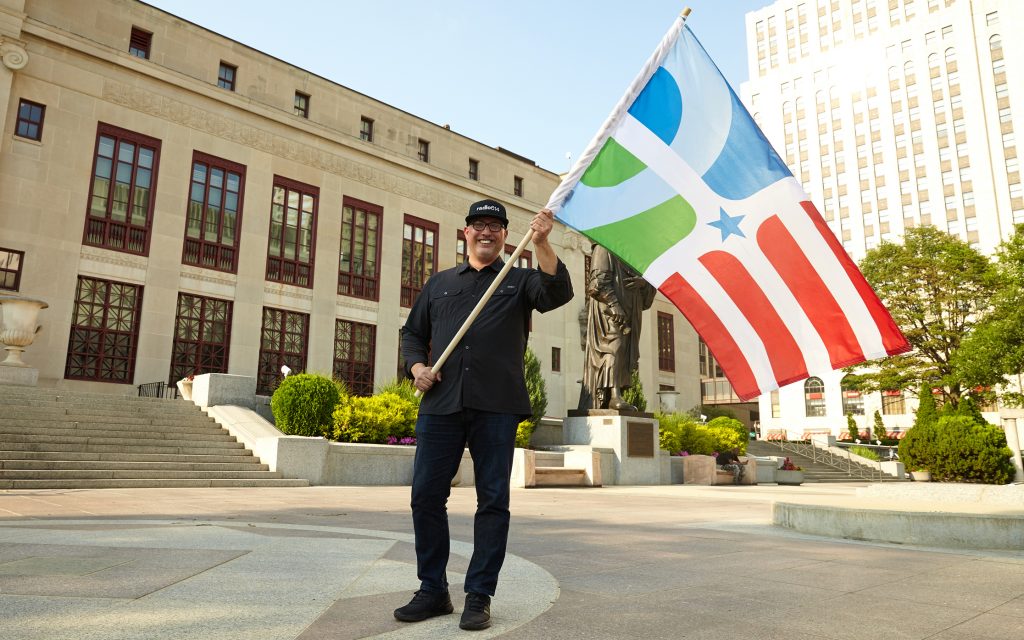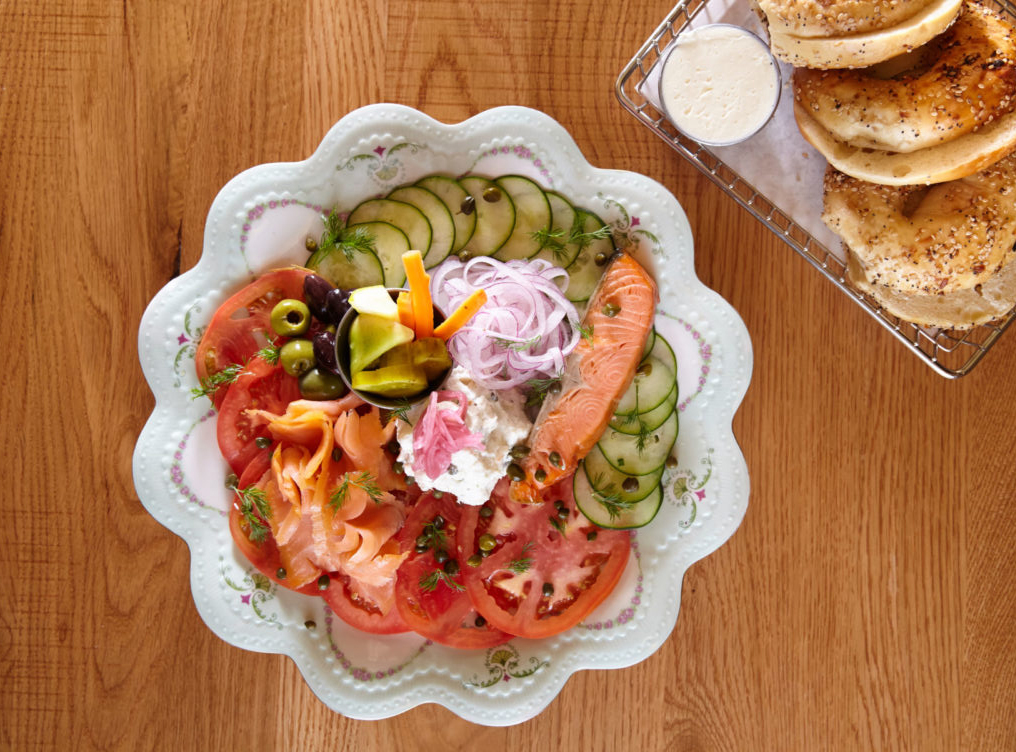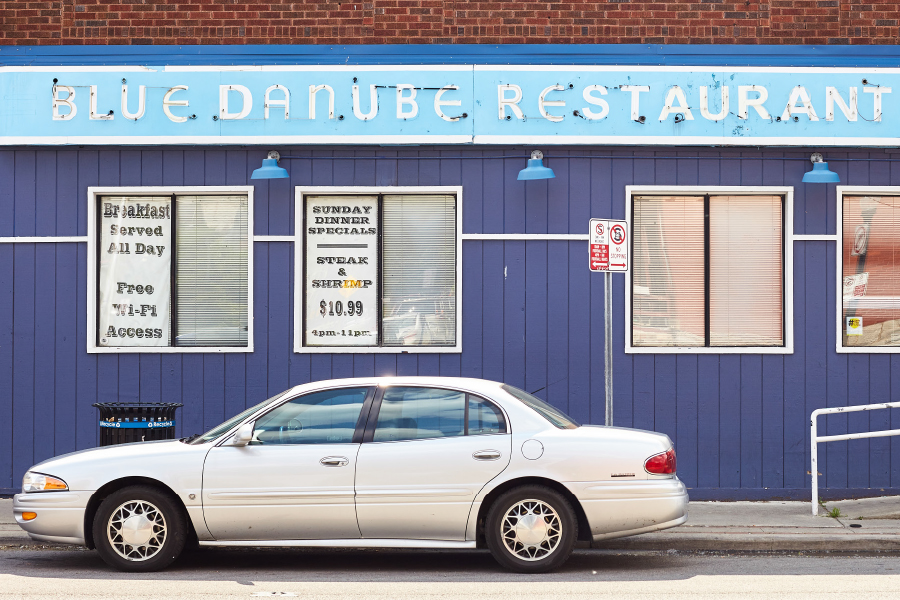Originally published in the October 2018 issue of (614) Magazine
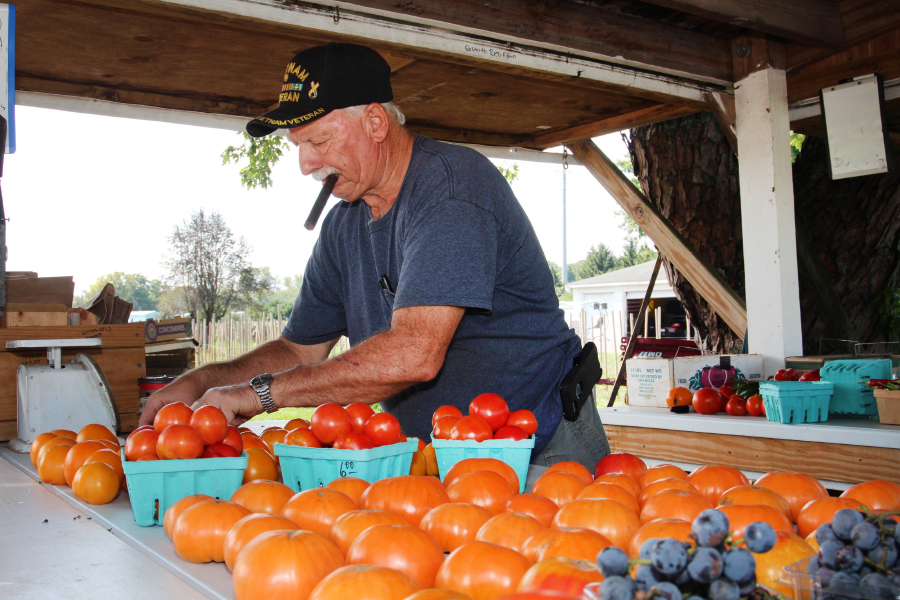
Few foods are as fabled or fickle as the tomato.
Too much water and they spot, too much sun and they rot, and the ones in the grocery store always pale in comparison to those you buy off a tailgate or on the side of the road.
That’s where you’ll find Dick Capuano most days from late April to early September. His homegrown tomato stand adorned in traditional Italian green, white, and red is on the same stretch of land his ancestors settled more than a century ago.
“I grew up here. Mom and Dad always had a garden, so I always had a rototiller in my hands,” he recalled. “I love tomatoes, and once people have a homegrown one, they keep coming back for them.”
You won’t find San Margherita on every map, and if you drive through too fast, you might miss it entirely. The tiny unincorporated village, just west of the Scioto River, was founded by Italian immigrants who toiled in the nearby quarry. They eventually built homes and planted gardens along the edge of what is now Trabue Road. Most of the original settlers had ties to the same province in the old country, whose patron Saint Margaret inspired the name of their new community.
“Everyone who lived here between the two tracks grew something, and maybe had chickens, a hog, or a cow. It’s how they got by and survived,” Capuano explained. “It’s how San Margherita stayed San Margherita. Everyone had their own grapes and made their own wine, they grew plenty of vegetables, and they all had plenty to eat.”
Development is slowly swallowing those plots of land and the heritage of those who once lived there. There are only a handful of descendants of the first families still living or working in San Margherita. Some of the land remains idle, and still supports farms like Capuano’s, where his better years have boasted upwards of nearly 2,000 plants. Most of these are varieties of tomatoes, but various peppers and signature grapes are always in high demand.
“My time is up October 15, which is after the end of the season,” he explained, hoping that the land’s new owners might let him keep planting depending on their timeline for development. “I really don’t know what’s going to happen next year.”
It’s not the first time Capuano has faced such uncertainty and seeming futility. During his tour in Vietnam, it was his responsibility to remove roadside mines and clear the way for convoys, only to do the same thing the following day after fresh mines were planted under the cloak of night. A firefight earned him a Purple Heart, but he’s put more than his share of blood and sweat into his tomato stand only to see it threatened by another invisible enemy.
“I used to sell out of the garage,” he recalled. “But in 2005 I moved closer to the road and the stand has been here ever since.”
Capuano keeps it simple and predictable. Crops grow on the same soil year after year. He turns under the plants to go back into the soil over the winter and repeats the process the following spring, planting fresh tomato plants entirely by hand.
Only tomato enthusiasts can truly appreciate the depth of his bench, like baseball cards lined up on a giant table waiting to be discovered by a new generation of loyal fans. From contemporary classics like Early Girls and Carolina Gold to vintage heirloom varieties like Kellogg’s Breakfast and Gigantesque, if you can’t find the perfect taste and texture of tomato, you’re just not looking.
“I pull them before they get too big and start to split, then let them ripen the rest of the way on my porch before bringing them to the stand,” he explained. “But the rain we’ve had the past couple of weeks combined with the heat means this is the last of them.”
Don’t count Capuano out too soon. His cousin Joe still has a plot of land just down the road, and though it’s increasingly hard for anyone his age to plan too far ahead, one year at a time is as good a plan as any. He’s technically been retired as a carpenter for nearly three decades already, and despite the long hours and hot days in the field and at the stand, he’s not quite willing to let it go just yet.
“When I retired, I decided to go into my garden as my little hobby, and it just kept growing,” he said. “It’s hard work in the field, but it’s also peaceful here in the shade. I guess you could call it my man cave.” ▩
